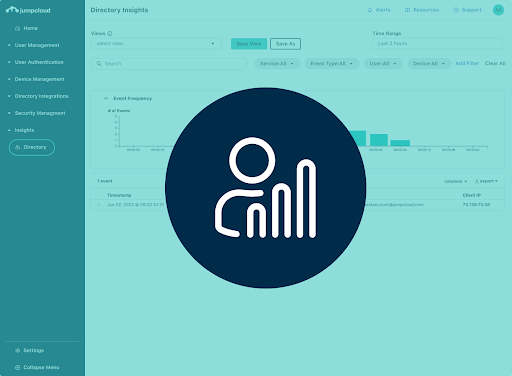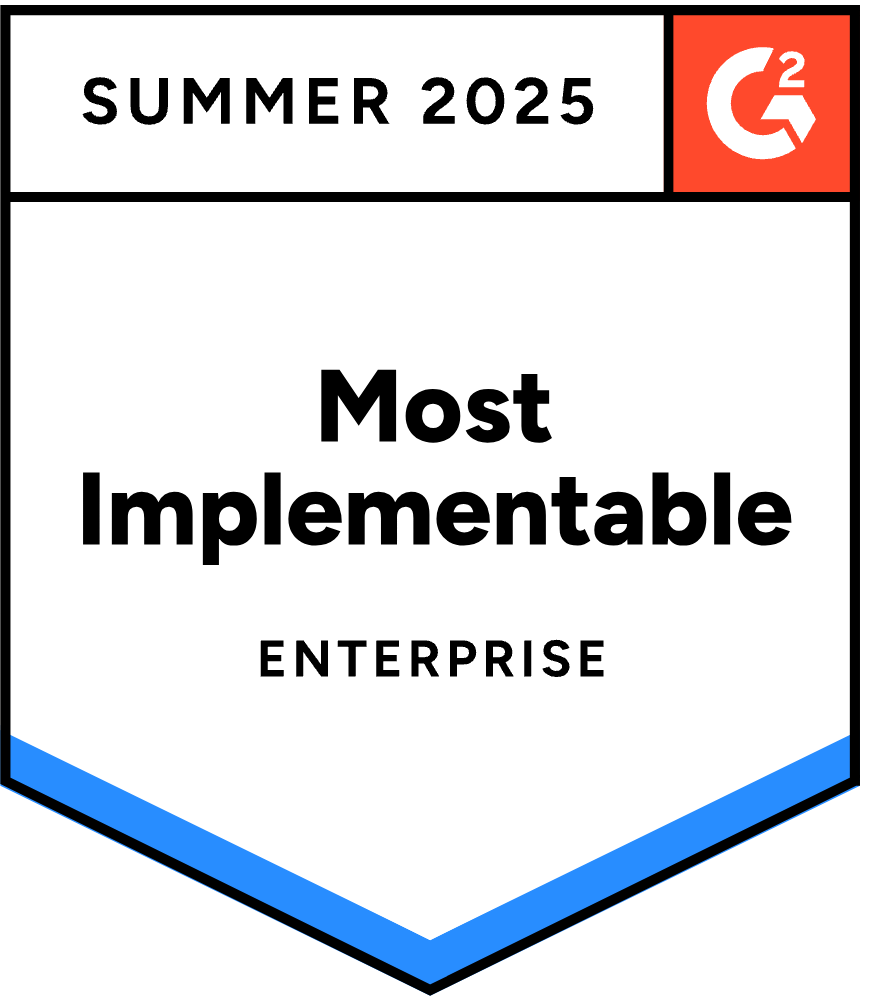Directory Insights®
Directory-level event visibility with access to accurate, real-time data across every user identity, device, and resource.
Directory Data Monitoring and Management
Critical organizational data is often housed in many places, making it difficult to realize a complete picture of what’s happening across your environment. JumpCloud Directory Insights gives you a clear path to view, analyze, and save user and resource activity data, in a standard format you can query in real time.
Ready-to-Use Insights
Eliminate the time spent collecting and formatting logs across disparate point solutions. Directory Insights aggregates and standardizes event logs across user activity and every IT resource, and then surfaces them as instantly actionable data.
Course
| Intro to Directory InsightsSupport Article
| JumpCloud Directory InsightsSupport Article
| View Directory Insights Data in the Activity Log

No Hassle Compliance
Easily find, filter, customize, export, and save your Directory Insights data and reports for as long as you need. Create audit trails in reports leading to critical events so you know the who, what, where, when, and how across directory activities to certify compliance. JumpCloud also complies with the GDPR EU privacy regulation to protect personal data.

Visibility Across All Events
Investigate events across user activities and resources based on attributes or select from preconfigured views. Download logs as JSON or .csv files and ingest them into a SIEM or log management tool for advanced threat detection and security analysis.

Explore JumpCloud Open Directory Platform Capabilities
Identity Management
Access Management
Device Management







